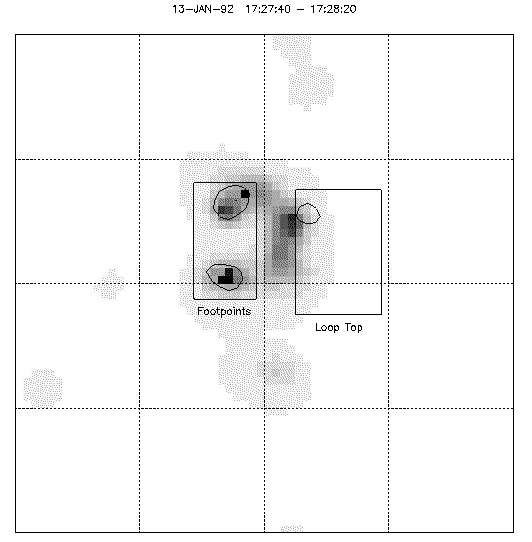Yohkoh Data
Availability
Yohkoh is a solar observatory in orbit above the Earth. It
uses a suite of telescopes and other detectors to observe the X-rays
that are produced by the Sun. This page is a guide to
Yohkoh data that are available online. Some of these
data can be used "as is," without further processing. The Yohkoh
Analysis Guide provides in-depth information about data analysis.
There are four instrument packages on Yohkoh:
the Soft X-ray Telescope (SXT), the Hard X-ray
Telescope (HXT),
the Wide Band Spectrometer (WBS), and the Bragg Crystal
Spectrometer
(BCS).
A brief description of these four instruments
is available. For more information about the
Yohkoh mission, try the
Yohkoh Public Outreach Project, the
Yohkoh/SXT Homepage, or the
Space Physics Data Availability Catalog.
WBS:
The Wide Band Spectrometer
comprises a set of three
non-imaging detectors that measure soft
X-rays,
hard X-rays, and gamma rays. The output from WBS is a set of simultaneous
time-resolved spectra. Example data from WBS appear at right. WBS light
curves and spectra can be readily prepared from the raw data.
No reduced WBS observations are web-accessible at this time.
|
 |
BCS:
The Bragg Crystal Spectrometer is a high-resolution spectrometer
for X-rays. It views the
whole Sun with four bent germanium crystals, observing the 10
to 50 million K plasma created in
solar flares.
No reduced BCS data are web-accessible at this time.
|

|
Last updated 97aug15 by
D. E. McKenzie





